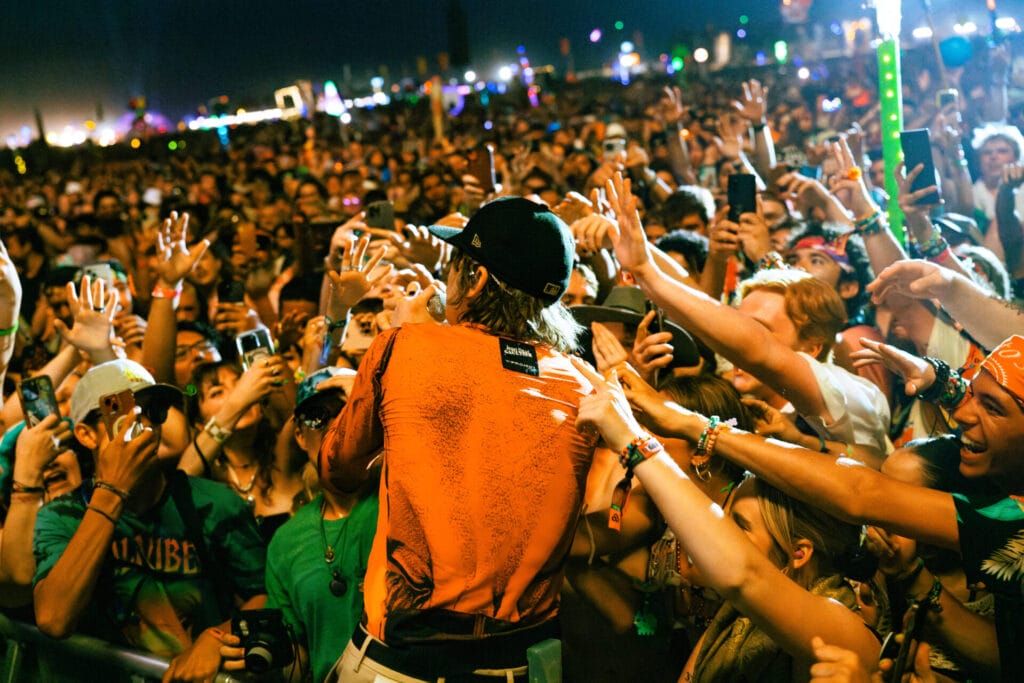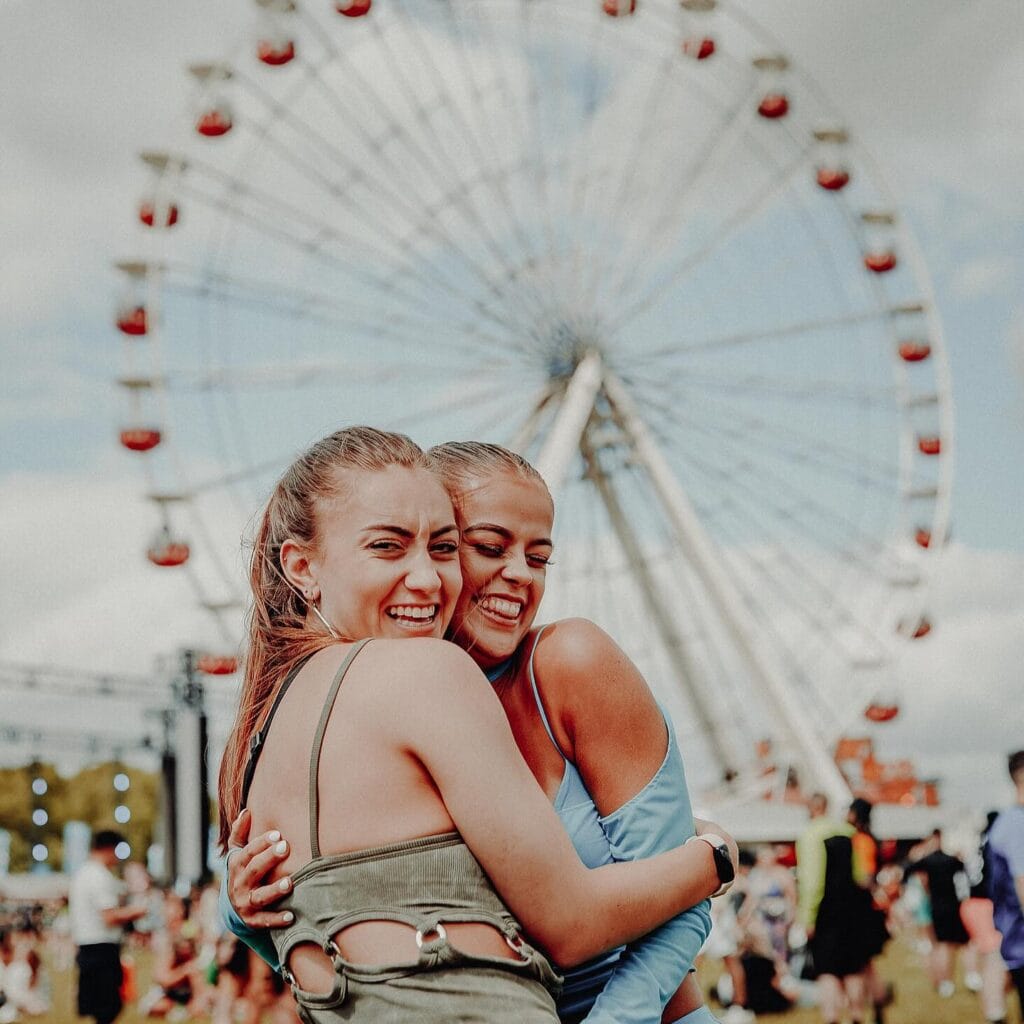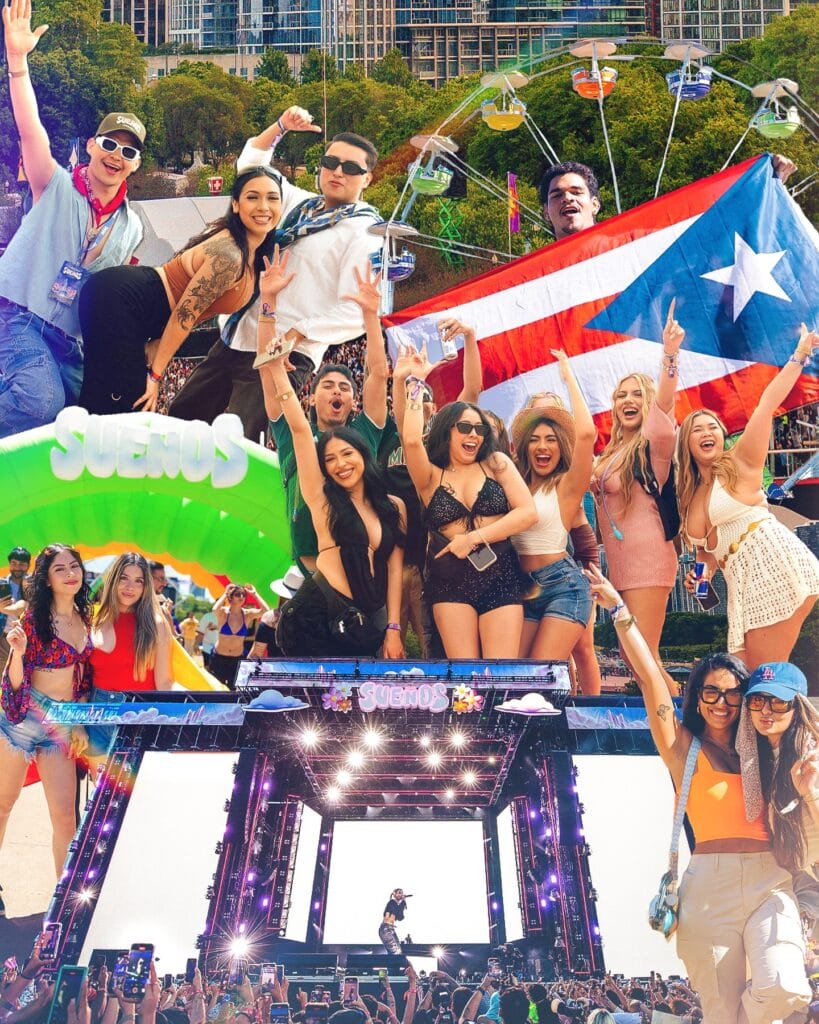Artist Collabs: What Brands Need to Know
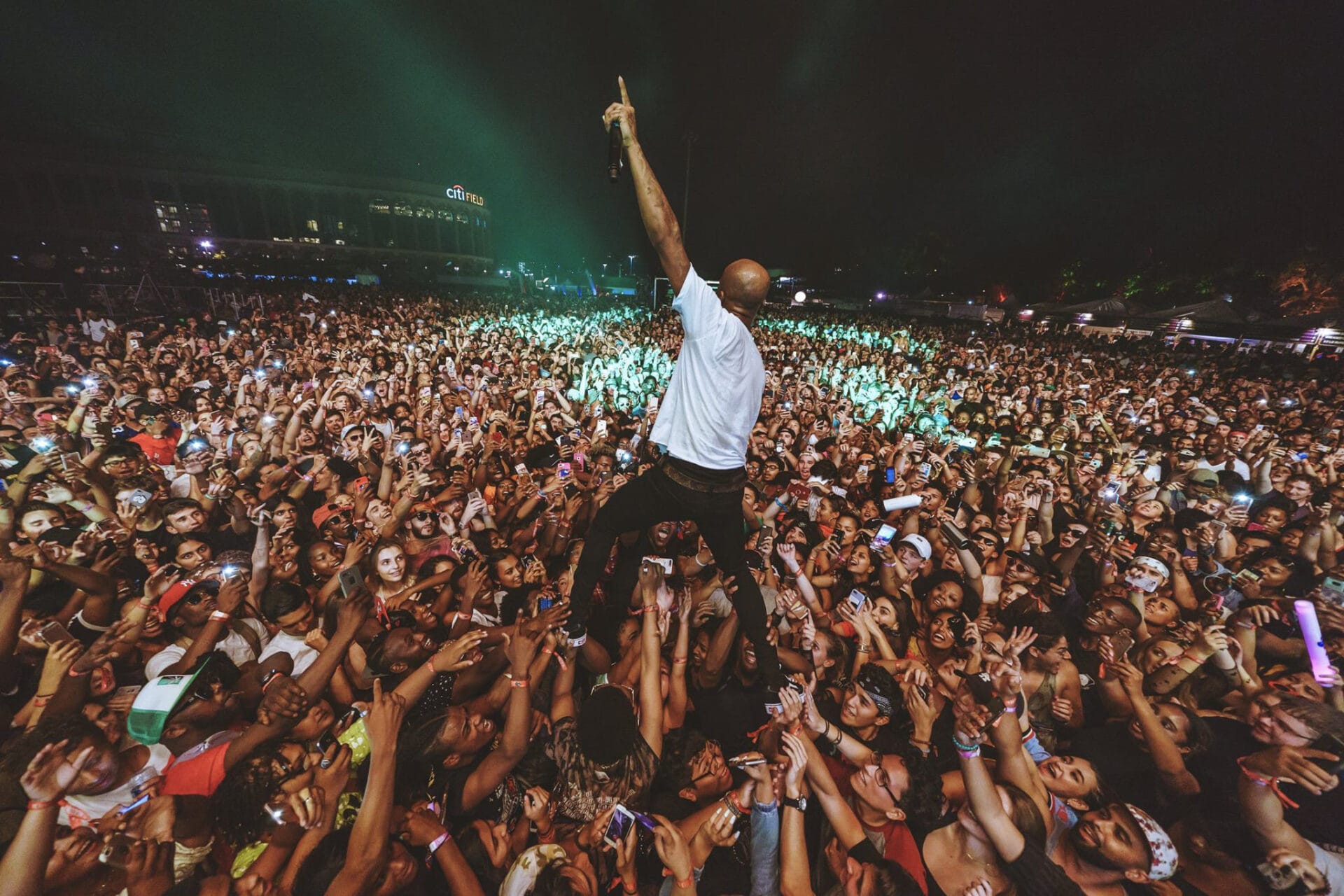
Artist-brand partnerships are not just about creating buzz – they’re about making fans of brands for life. Music ignites passion unlike anything else, and brands can tap into it to engage customers and ignite loyalty. In our conversation with Rich Levy, SVP of Artist Rights Acquisition, he uncovers the latest music trends for marketers and highlights how brands can stand out by collaborating with artists.
Given the increasing importance of music to brands and the evolving landscape of the music industry, what emerging trends for 2024 should marketers prioritize to stay ahead of the curve?
RL: To sum it up in one word: velocity. The time it takes for emerging artists to become global superstars has shortened dramatically – what used to take years before social media and streaming now takes months. When artists begin to catch fire, they have more opportunities competing for their time than ever before, whether touring to more cities across the world or leveraging other media opportunities like films and podcasts. All of this takes time. Time that, in the past, might have been more easily available for brand campaigns. Marketers can stay ahead of the curve by understanding how the marketplace is changing and adapting their strategy to fit the new artist’s reality. This could mean weaving their campaign around what an artist is already planning to do or making fewer requests for dedicated artist service days.
With the global expansion of live music and the emergence of artists from all backgrounds, how can brands effectively embrace this shift to connect with new audiences and enhance their marketing strategies?
RL: The days of monoculture are somewhere between over and cost-prohibitive. A long-term, integrated music strategy allows brands to work with artists from all sorts of backgrounds and all stages of their career trajectories. Making this new audience feel seen and heard is incredibly important, meaning brands must show up authentically across multiple touchpoints. For example, a brand could take a chance to partner with an artist who isn’t a household name in their genre quite yet. The rapid growth of emerging artists as they are breaking through allows brands to connect with avidly engaged fanbases. It could also mean showing up at festivals since they provide diverse lineups and many opportunities to speak with audiences a brand might not otherwise encounter or engage with. For a brand to succeed, lean into those with expertise in navigating the music landscape.

Whether through special access, private performances, branded experiences or exclusive content, we’re seeing brands across categories team up with artists to reach new audiences and connect with fans through a shared love of music. What makes for a successful brand-artist collaboration in today’s marketing landscape?
RL: The best brand-artist collaborations have a shared sense of purpose and an organic connection between the brand, artist, and fans. For example, Coldplay did a tremendous job working with brands like BMW to make their tour more sustainable. Instead of using generators, BMW debuted a battery that captures energy to power the tour. Usher and Uber’s collaboration is another great example. We teamed up to cross-promote Usher’s My Way Residency in Las Vegas and Uber’s Reserve service, showcasing how Usher balances his busy career and family life by pre-booking rides with Uber Reserve.

When brands and artists come together, it’s important for their collaboration to feel authentic and represent who each of them is and what they believe in. Tell us about how you help brands and artists find the right fit.
RL: It’s a combination of data and research, gut instinct, and institutional knowledge. First and foremost, we must know the brand, what they are looking to accomplish, and what they are comfortable with. Then, it’s figuring out which artists can help accomplish their goals by understanding an artist’s audience, reach, engagement, and trajectory. Beyond the data and research, we also ensure the artist’s core principles and the brand’s ethos are complementary.
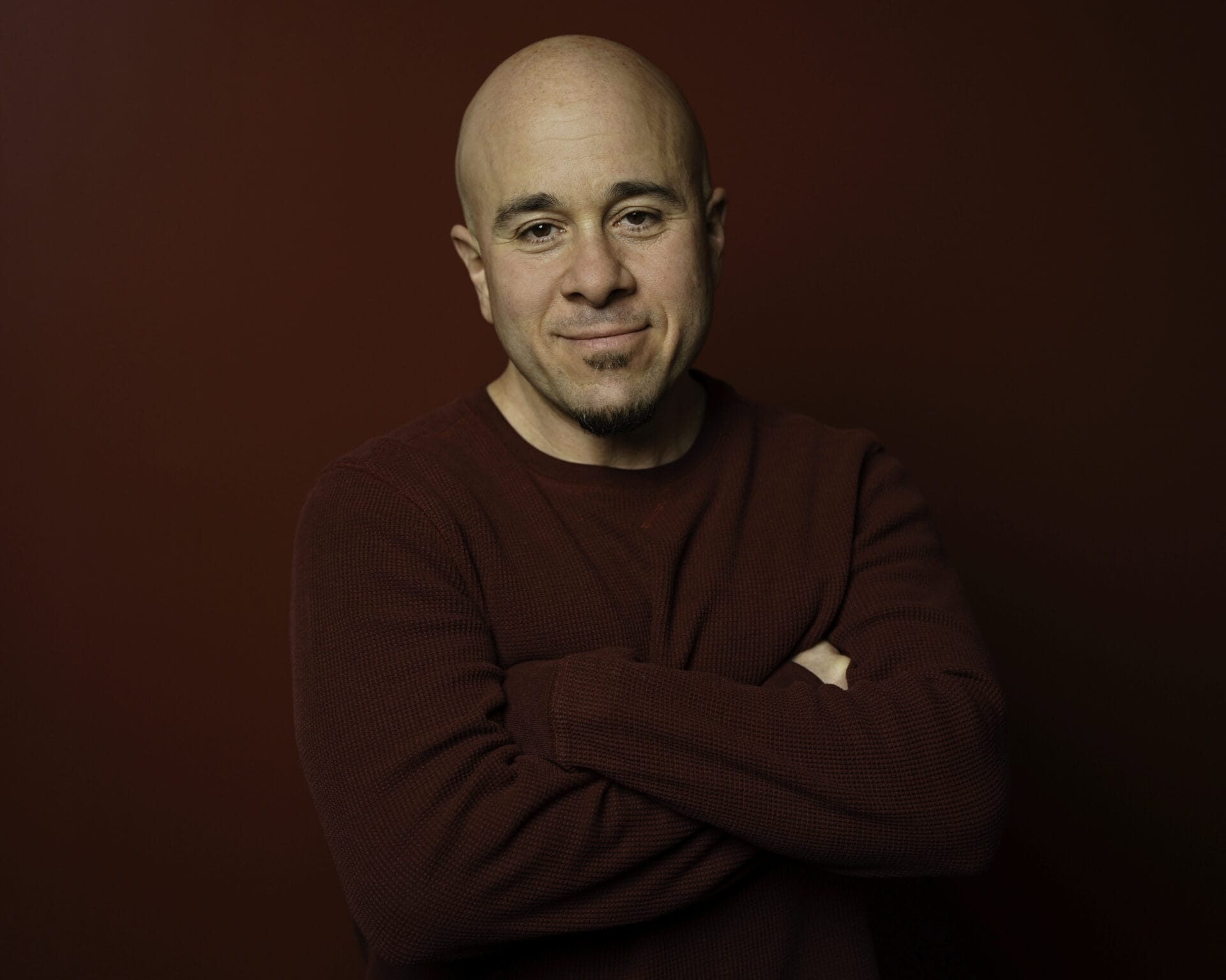
Artists are the ultimate brands and the most creative marketers. They share a special bond with their fans, inspiring and engaging them in ways that form meaningful connections and power a sense of community. Which artists are nailing this right now, and what can brands learn from them?
RL: Tons of artists are nailing it by sharing their authentic selves with their fans in ways that deeply connect and endear them. Take Noah Kahan, for instance, whose career took off after stepping back from pop cowrites to release COVID-inspired folk songs about topics like depression, heartbreak, substance abuse, and loneliness. Or look at Fred Again. He made music about what everyone was experiencing during the pandemic and is now selling out pop-up shows.
Artists understand how to super-serve their fans daily, whether that’s consistently releasing new music, connecting through social media, giving deep insight into their personal lives and personalities, or a capsule merch collection. Brands can benefit from learning how artists build their personal brands and leveraging authentic opportunities for connection in expected and unexpected ways.

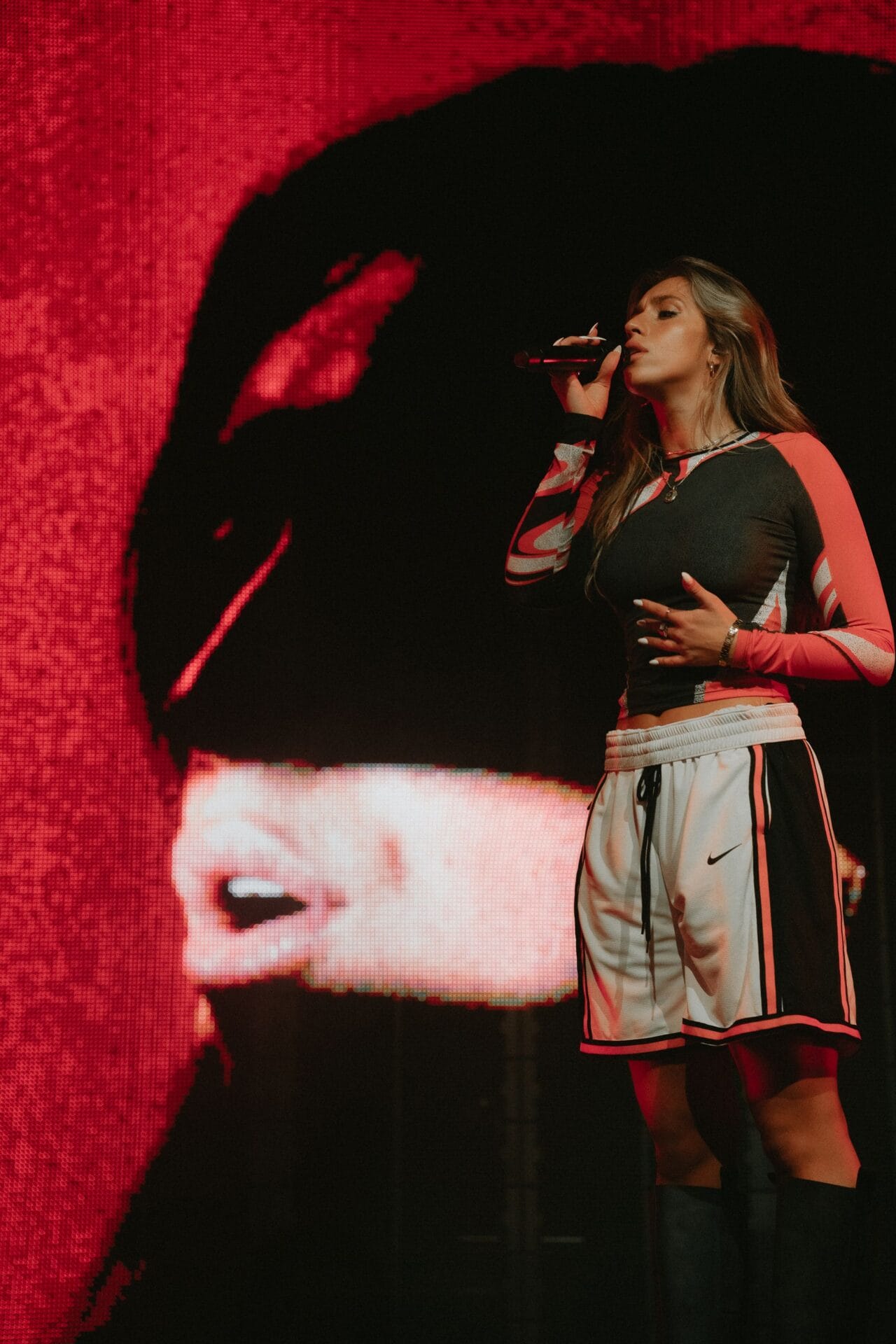
Since you have the pulse on the latest music across genres, what’s one artist or act that should definitely be on our radar?
RL: I can’t choose just one 😊 Keep your eyes on Noah Kahan, Tate McRae, Teezo Touchdown, Tyla, Xavi, Bailey Zimmerman, Fuerza Regida, and Diljit Dosanjh. But there are so many others.
